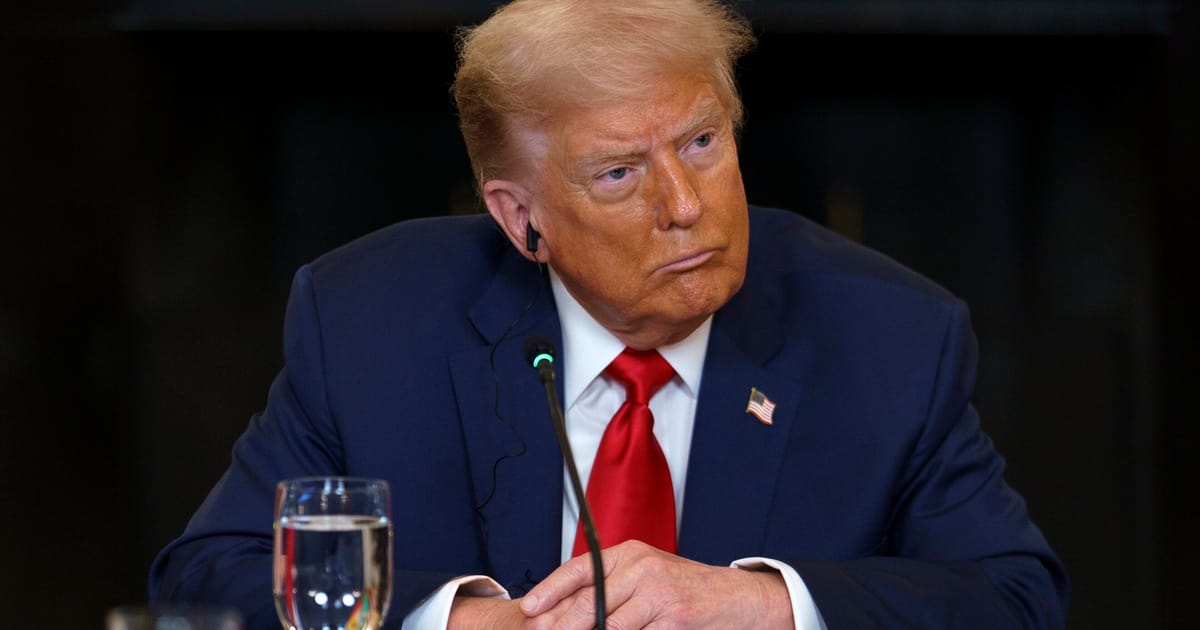

As global markets remain closely interconnected, recent developments in international trade policies have captured significant attention. At the center of these discussions are the proposed tariffs by the United States, helmed by President Donald Trump, which have prompted varied reactions across continents. In this unfolding narrative, calm and clearheaded engagement will be essential in navigating the evolving landscape.
In Europe, the European Union has signaled its openness to suspending retaliatory tariffs on U.S. goods, demonstrating a willingness to maintain a steady dialogue. This gesture comes as a significant indication of diplomacy, offering the U.S. a chance to revisit its stance and seek mutual ground. The EU’s emphasis on open conversations highlights its commitment to fostering a balanced trade relationship amidst uncertainties.
Meanwhile, in Southeast Asia, U.S. Secretary of State Marco Rubio has embarked on a mission to reassure the region of America’s steadfast commitment. Even as the specter of severe tariffs looms over Southeast Asian economies, Rubio’s diplomatic efforts aim to reinforce trust and open avenues for constructive trade agreements. His visit underscores the importance of nurturing cooperative ties in a region pivotal to the global economy. Amidst discussions, Rubio assured the region of potential trade deals that could be more favorable than those extended elsewhere, aiming to maintain harmonious relations.
Across the English Channel, the United Kingdom and France have submitted a migrant return deal to the EU for consideration. While the UK expressed confidence in the agreement’s approval, the European Commission remains cautiously optimistic, seeking further clarity on the deal’s substance and form. This nuanced approach reflects the EU’s careful consideration of such arrangements to ensure they align with existing legal frameworks and community values.
In a different corner of the globe, Myanmar’s military leader, Min Aung Hlaing, extended a cordial response to a letter from President Trump concerning potential tariffs. The letter, proposing a 40% tariff, was perceived by the junta as an acknowledgment of their governance post-2021 coup, marking a complex diplomatic juncture. Min Aung Hlaing’s expression of appreciation towards the U.S. leadership reveals the nuanced interplay of international recognition and economic negotiations.
Within Europe, anticipation has risen as countries await further specifics from Trump regarding trade tariffs. His impending communication promises to elucidate the next steps in the trade dialogue, potentially reshaping economic ties. European leaders continue to advocate for thoughtful engagement and strategic patience, focusing on maintaining economic stability.
These developments across continents highlight the intricate web of trade relations influencing global politics. Each region’s approach—from Europe’s diplomatic openness and Southeast Asia’s engagement efforts, to Myanmar’s strategic responses—demonstrates the multifaceted nature of global trade. Amidst ongoing discussions, the emphasis remains on fostering collaborative frameworks aimed at achieving stability and mutual benefits.
As these trade dynamics continue to evolve, the international community’s response underlines a collective drive towards balanced economic growth and resilient partnerships. Maintaining a mindful perspective, stakeholders across regions are called to engage with thoughtfulness and an eye towards sustainable development. In these interconnected times, the pursuit of dialogue and cooperation will remain foundational to navigating the path ahead.
Source: {link}
